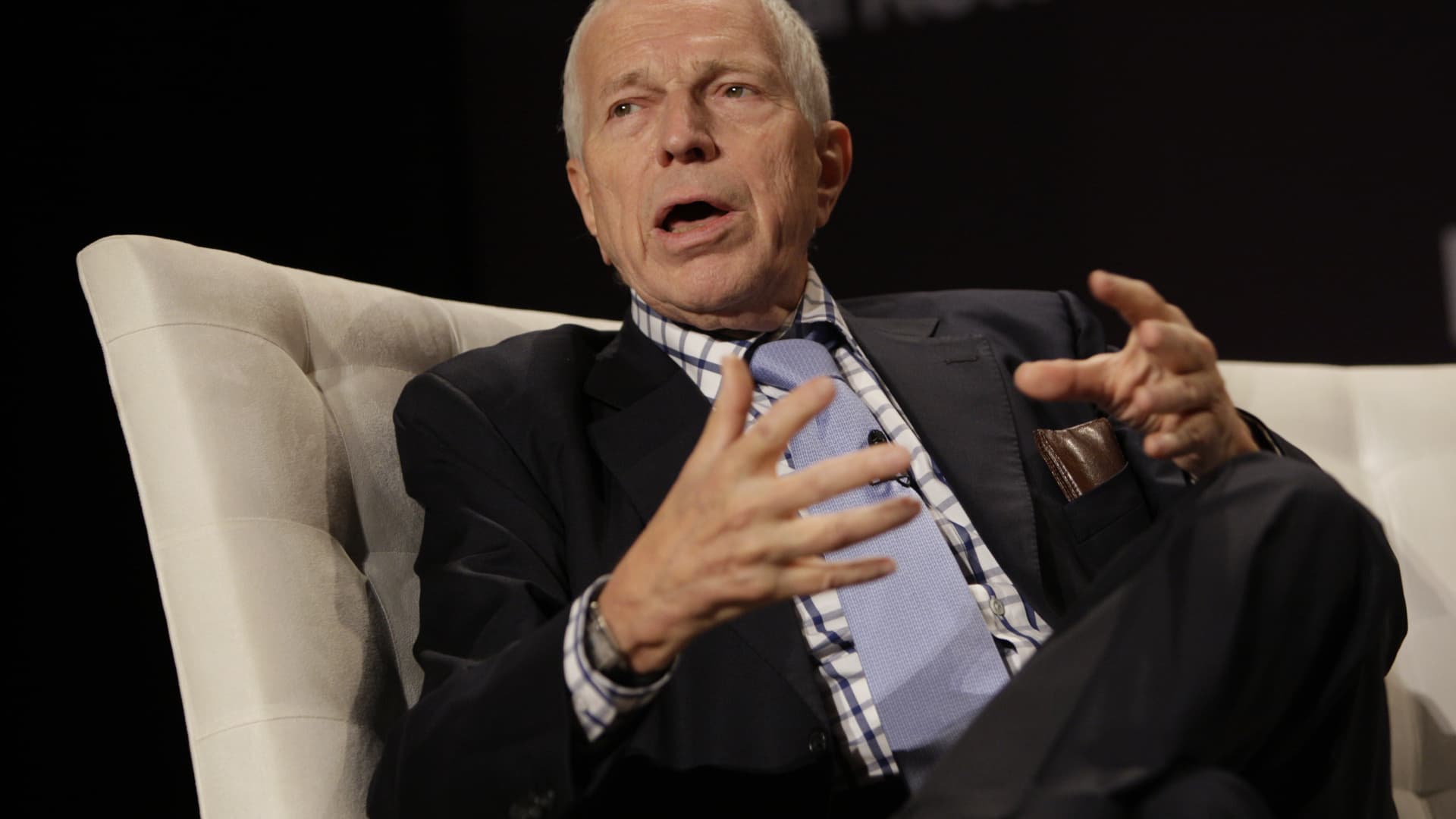The U.S. needs to return to the kind of economic and productivity growth it saw in mid-20th century to boost public spirits, according to a Nobel Prize-winning economist.
“We badly need to get back to economic growth,” Edmund S. Phelps, director of the Center on Capitalism and Society at Columbia University, told CNBC’s “Squawk Box Europe” on Wednesday.
“By that I don’t mean an artificial temporary boom or a slower descent into lower employment, I mean that we’ve really got to get productivity growth on an upward climb approaching what it was in the 50s and 60s,” he said.
Phelps was awarded the 2006 Nobel in Economic Sciences for his work challenging the Phillips Curve, the view, popular in the 1950s and 60s, that the price for reduced unemployment was a one-time increase in inflation.
Phelps introduced the factor of inflation expectations into the Phillips Curve, showing unemployment is determined by the functioning of the labor market rather than inflation figures, so a stabilization policy can only diminish short-term fluctuations in unemployment.
“A lot of people listening to this program might think, well gee whiz, after centuries of rapid growth, haven’t we had enough? We’re not starving anymore after all, what’s all this fuss about economic growth?” Phelps told “Squawk Box Europe.”
“But I think it’s really important for people’s morale that they come home from time to time with better pay checks than they had before. It boosts their morale, it makes them less worried about how they’re doing compared with other people,” he continued.
“Everybody is doing so-so when you’re in virtual stagnation in terms of productivity, and in that landscape, which we’re unfortunately in now, it’s really important that we get the growth rate up.”
U.S. GDP fell 0.9% in the second quarter following a 1.6% drop in the first quarter, though analysts say the economy is not yet in a recession and may avoid one.
Productivity, measured as nonfarm business employee output per house, also fell in both quarters, decreasing by 7.4% and 4.6% quarter-on-quarter.
These were the weakest back-to-back readings since records began in 1947.
The U.S. recorded productivity growth of 2.8% from 1947-1973, which fell to 1.2% from 1973-1979, according to data from the U.S. Bureau of Labor Statistics.
Productivity growth has failed to return to its post-war level since, coming in at 1.4% from 2007-2019 and 2.2% from 2019-2021.
On current economic pressures, Phelps commented: “The government has been running huge fiscal deficits in recent years, and as a result the public debt has risen to sky-high levels. To me, it’s just unimaginable that fiscal policy would be used at this point to create further stimulus to demand.
“I think we need to have somewhat lower demand to cool off the economy a bit and get the unemployment rate back to some sustainable level.”
Natural market forces will slow the rate of inflation over several years, he said, but the Federal Reserve must be more aggressive than it has been and signal a willingness to continue to act in strong magnitudes.
